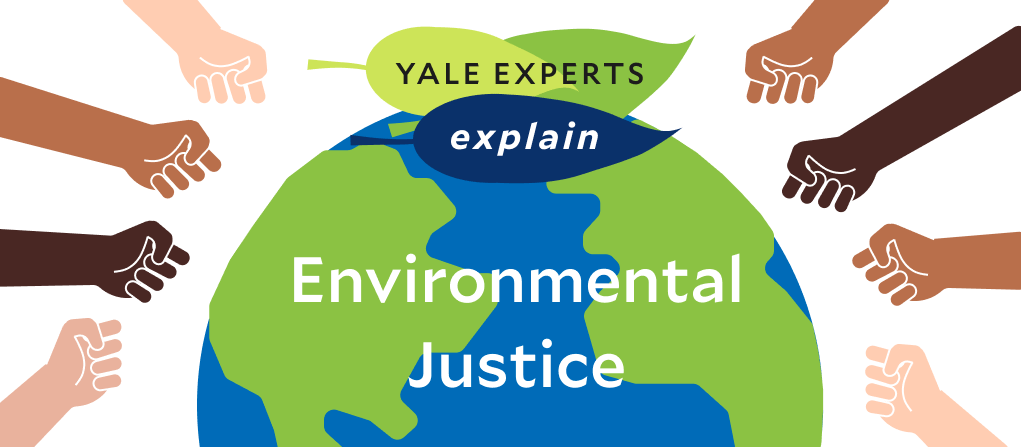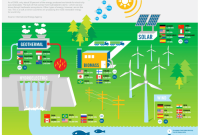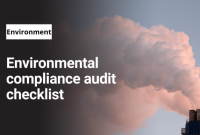Environmental justice (EJ) has become a critical issue demanding global attention. It highlights the unjust reality – marginalized communities disproportionately bear the brunt of environmental burdens while having limited access to clean resources. This article delves into the complexities of EJ, exploring its connection to health disparities, climate change, land use decisions, and the power of advocacy and policy in creating a more just and sustainable world.
Environmental Justice and Health Disparities
At the core of EJ lies the unequal distribution of environmental hazards. Marginalized communities, often located near industrial facilities, waste sites, or major highways, face higher levels of air and water pollution, leading to a range of health problems:
Respiratory Issues: Air pollution, particularly fine particulate matter and ozone, can trigger asthma attacks and worsen respiratory illnesses like bronchitis.
Cardiovascular Disease: Exposure to air pollution increases the risk of heart disease, stroke, and high blood pressure.
Cancer: Certain pollutants like benzene and formaldehyde have been linked to an increased risk of cancer.
Developmental Disorders: Prenatal exposure to environmental pollutants can affect fetal development, potentially leading to learning disabilities and other issues.
Systemic Racism and Socioeconomic Factors
Systemic racism and socioeconomic factors significantly contribute to environmental injustice. Marginalized communities often have limited access to affordable housing, quality healthcare, and political power. This makes them more vulnerable to environmental hazards and less able to advocate for their needs.
Access to Clean Water and Air
Lack of access to clean water and air is a major challenge for communities worldwide. This disproportionately affects marginalized and low-income areas, with severe health consequences.
Waterborne Diseases: Contaminated water can lead to waterborne diseases like cholera and typhoid.
Respiratory Illnesses: Air pollution can cause asthma, bronchitis, and lung cancer.
Initiatives like investments in water treatment infrastructure, air quality monitoring, and educational campaigns aim to improve access to clean resources and raise awareness about their importance.
Climate Change and Environmental Justice
Climate change exacerbates existing environmental injustices. Marginalized communities often have:
- Higher levels of pollution exposure.
- Inadequate housing.
- Limited access to healthcare.
These factors make them more susceptible to climate change impacts:
Rising Sea Levels: Coastal communities, particularly those with low-income residents and people of color, face increased risks of displacement, property damage, and health problems due to flooding and saltwater intrusion.
Extreme Weather Events: More frequent and intense extreme weather events like hurricanes, heat waves, and droughts can cause widespread damage and loss of life. Marginalized communities often lack adequate shelter, transportation, and healthcare, making them more vulnerable during and after disasters.
Health Impacts: Climate change has significant health implications, particularly for marginalized communities. Extreme heat events can lead to heat-related illnesses, while air pollution from wildfires and industrial emissions can worsen respiratory problems. Additionally, climate change can contribute to the spread of vector-borne diseases like malaria and dengue fever.
Environmental Justice in Climate Solutions
Environmental justice is crucial in addressing climate change mitigation and adaptation strategies. Equitable solutions must prioritize the needs of marginalized communities:
Clean Energy Access: Ensure access to clean energy sources, reducing reliance on fossil fuels and improving air quality.
Resilient Infrastructure: Invest in resilient infrastructure like flood protection systems and heat-resistant housing to withstand climate impacts.
Affordable Housing: Provide access to safe and affordable housing in areas less vulnerable to climate hazards.
Community Empowerment: Empower communities to develop and implement climate adaptation strategies that address their specific needs and vulnerabilities.
Land Use and Environmental Justice
Land use decisions significantly impact environmental justice. Historically, marginalized communities have been targeted for siting hazardous waste facilities, industrial plants, and other potentially harmful developments, resulting in:
Disproportionate Exposure: Increased exposure to environmental hazards, leading to higher rates of health problems and environmental degradation.
Community-Led Efforts: In response, community-led efforts have emerged to promote equitable land use planning and protect vulnerable areas. These efforts include:
Community Zoning: Residents collaborate to create zoning regulations that reflect their values and protect their health and environment.
Land Trusts: Non-profit organizations acquire and hold land for conservation or affordable housing, ensuring community access.
Community Gardens: Urban gardens provide fresh produce, green space, and opportunities for community engagement, improving health and well-being.
Environmental Justice Advocacy and Policy
Environmental justice advocacy and policy are crucial for addressing these issues. Community activism plays a vital role in:
- Raising Awareness: Educating the public about environmental injustices and their impacts.
- Mobilizing Support: Building coalitions and garnering support for policy changes.
- Pressuring Decision-Makers: Holding policymakers accountable and advocating for equitable solutions.
Policy Development and Implementation
Policymakers have developed and implemented various policies to promote environmental justice. These policies often focus on:
Regulations: Establishing stricter regulations to reduce pollution and protect natural resources in disadvantaged communities. This could involve stricter air quality standards, limitations on industrial waste disposal near residential areas, or regulations requiring polluters to invest in cleaner technologies.
Funding: Providing funding for environmental cleanup and restoration projects in areas disproportionately impacted by pollution. This could involve brownfield redevelopment initiatives, Superfund site remediation, or grants for communities to improve local air and water quality.
Community Involvement: Enhancing community involvement in environmental decision-making. This could involve establishing community advisory boards, requiring public hearings before siting polluting facilities, or increasing transparency in environmental permitting processes.
Challenges and the Road Ahead
While existing laws and regulations have helped address some environmental justice issues, challenges remain:
Enforcement: Inadequate enforcement of environmental regulations allows polluters to continue operating without complying with environmental standards.
Loopholes: Loopholes in environmental laws can allow industries to avoid compliance or minimize pollution reduction efforts.
Historical Burdens: Disproportionate impacts on marginalized communities due to historical redlining and zoning practices that concentrated polluting facilities and industries in low-income and minority neighborhoods. These practices continue to have lasting effects on these communities.
Addressing these challenges requires:
Continued Advocacy: Ongoing advocacy efforts are essential to hold policymakers accountable and push for stronger environmental regulations and enforcement mechanisms.
Policy Reform: Policy reforms that address loopholes, strengthen environmental protections, and prioritize environmental justice are crucial.
Community Empowerment: Empowering communities through capacity building, leadership development, and access to legal resources is essential for them to effectively advocate for their needs and participate meaningfully in environmental decision-making processes.
Conclusion
Environmental justice demands urgent attention and collective action. By dismantling systemic inequalities, ensuring equitable access to environmental resources, mitigating climate change impacts, and empowering communities through advocacy and policy, we can work towards a future where environmental justice prevails for all.
Call to Action
Environmental justice is a complex issue with far-reaching consequences. Here are some ways you can get involved:
Learn More: Educate yourself about environmental justice issues in your community and around the world.
Support Advocacy Groups: Donate your time or resources to environmental justice organizations working to make a difference.
Contact Your Representatives: Let your elected officials know that environmental justice is important to you and urge them to support policies that promote equity and sustainability.
Reduce Your Environmental Impact: Make conscious choices in your daily life to reduce your environmental footprint and support sustainable practices.
By working together, we can create a more just and sustainable future for all.




